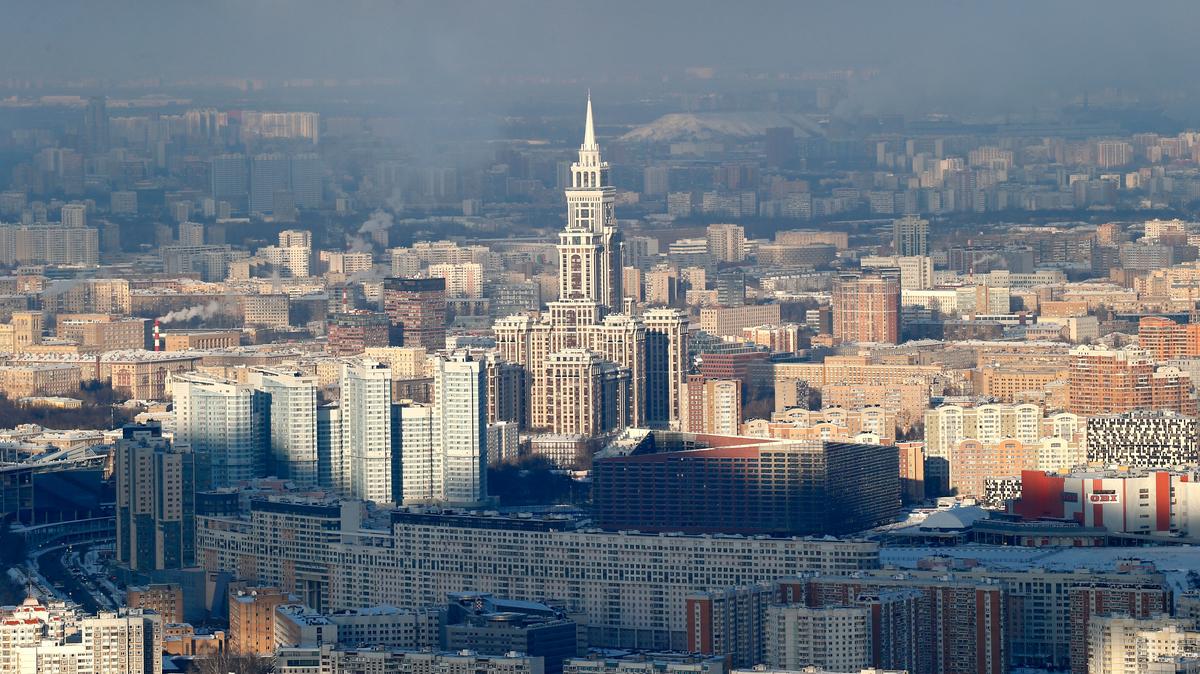The Russian capital has shown itself to be remarkably resilient to sanctions, international isolation and martial law, and somehow continues both to look and function like a wealthy European city. It’s full of parkland and trees, it boasts excellent service and transport infrastructure, clean streets, relatively low levels of crime, striking architecture, fabulous gastronomy and vibrant nightlife. In short, contemporary Moscow is the dream for any dictatorship.
This all came as something of a shock to former Fox News host Tucker Carlson when he visited the city in February. Marvelling at its metro system, architecture and coin-released shopping trolleys, he declared it to be “so much nicer” than any city in the US.
Carlson is not alone in thinking this — Moscow shatters every preconception about “rogue states” to the extent that it might even provoke scepticism in some: what if the fact that, unlike the New York subway, there are no rats or drug addicts in the Moscow metro means that Vladimir Putin is doing something right after all?
In fact, the very image the city currently projects to the world, the one that made such an impression on the thousands of foreign football fans who came to Moscow for the 2018 World Cup, was actually the product of an essentially anti-Putin and anti-statist project dating from the early 2010s, which was subsequently “nationalised” and repurposed by the Kremlin to act as an alluring showcase for totalitarianism.
In 2011, the so-called “Medvedev thaw” — the short era of limited liberalism Russia experienced during Dmitry Medvedev’s term as president — was coming to an end and Putin would return to the presidency the following year. This was a radically different time, one in which European diplomats seriously discussed visa-free travel between Russia and the EU, and even one in which Medvedev himself dared to speak critically about Putin, something that would be unthinkable nowadays.
For the first time in a century Russia was rich, and appeared to be enjoying its flirtation with Western-style consumerism, leading it to reach out to the West not just politically, but culturally and socially as well. And nowhere was that more true than in Moscow.
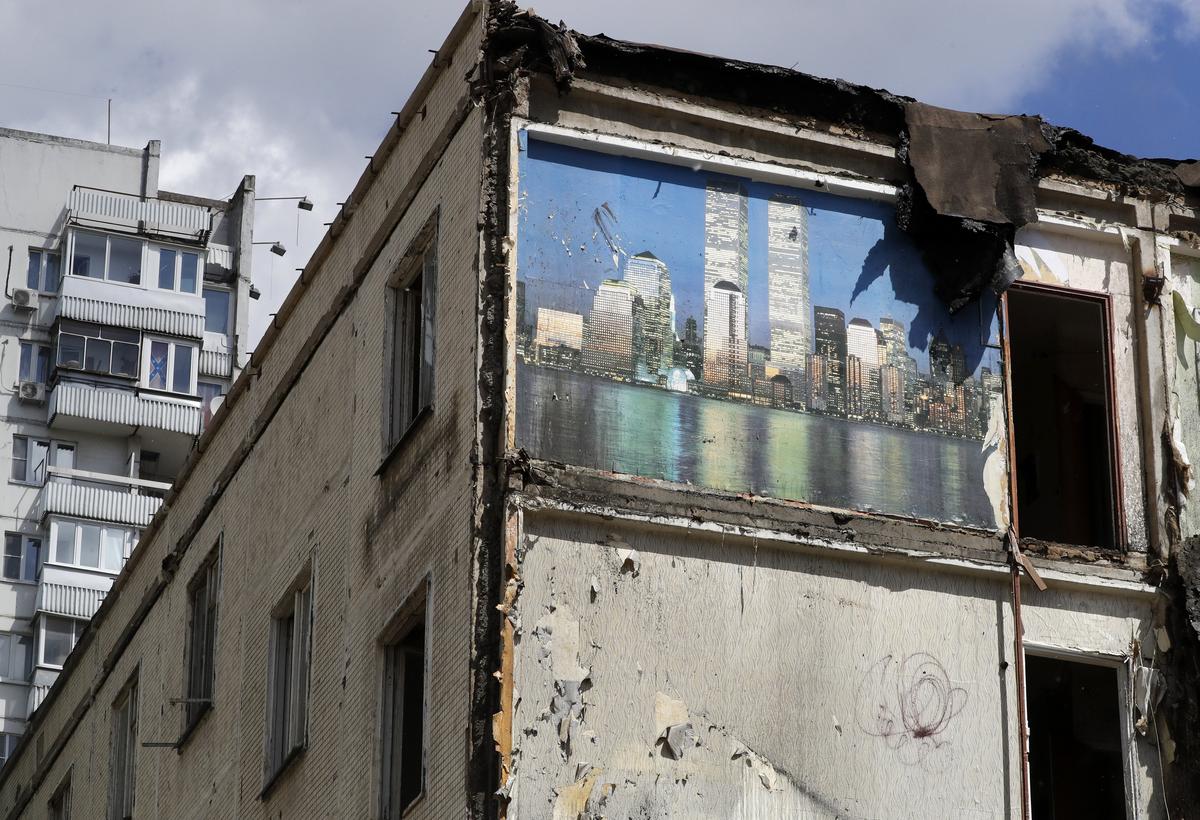
A five-storey 1960s building is demolished in Moscow as part of a €57 billion programme led by Moscow Mayor Sergey Sobyanin to demolish Soviet-era apartment blocks. Photo: EPA / SERGEI ILNITSKY
Wind of change
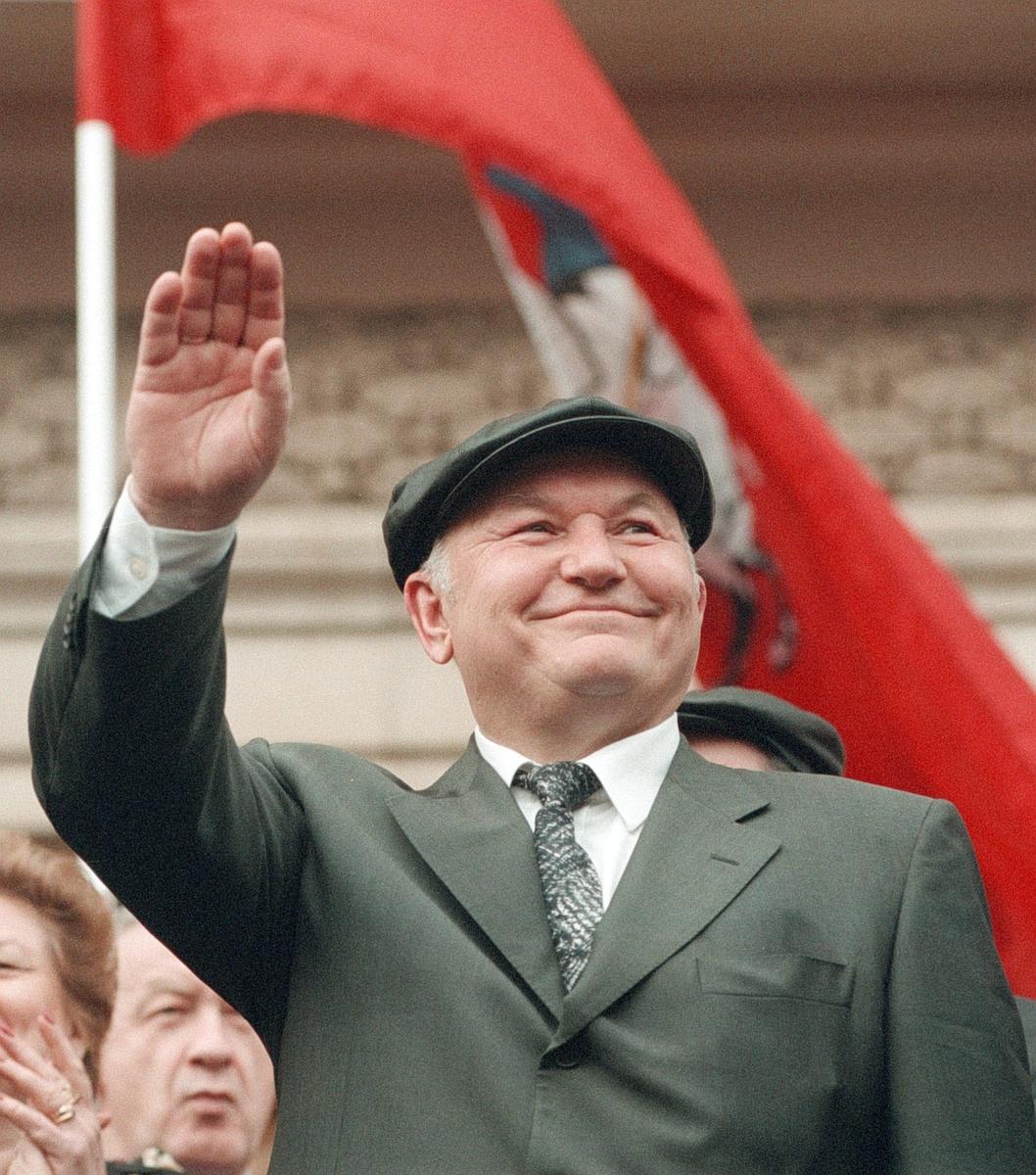
Former Moscow mayor Yury Luzhkov. Photo: EPA
The legacy of Yury Luzhkov, the thuggish and corrupt mayor who had only been sacked the previous year after nearly two decades running Moscow, still loomed large in 2011. Under Luzhkov, whose passionate homophobia ensured that any attempt to hold a Pride march in the Russian capital was violently crushed, and whose penchant for bulldozing historic buildings appalled the Muscovite intelligentsia, Moscow became notorious for its tasteless architectural follies.
Chief among them are Zurab Tsereteli’s eyesore monument to Peter the Great, which is still considered one of the capital’s least-loved structures, and the Nautilus shopping centre opposite the Kremlin, unquestionably one of the ugliest buildings in Moscow.
However, the appointment of Sergey Sobyanin as Moscow’s new mayor following Luzhkov’s dismissal by Medvedev in 2010 gave rise to the brief career of Sergey Kapkov, a former lawmaker in Russia’s State Duma, who was tasked by Sobyanin with regenerating one of the capital’s best-known public spaces, the iconic Gorky Park of spy novel and Scorpions fame.
Though sanguine, Kapkov, who went on to play a key role in Moscow’s post-Luzhkov “cultural revolution”, didn’t exactly mince his words about the sorry state in which he inherited the park: “You can’t tell where you are. It’s definitely not Moscow. There’s no light, nothing. It’s awful,” he said of Gorky Park in the winter, describing it as “like a motorway”.
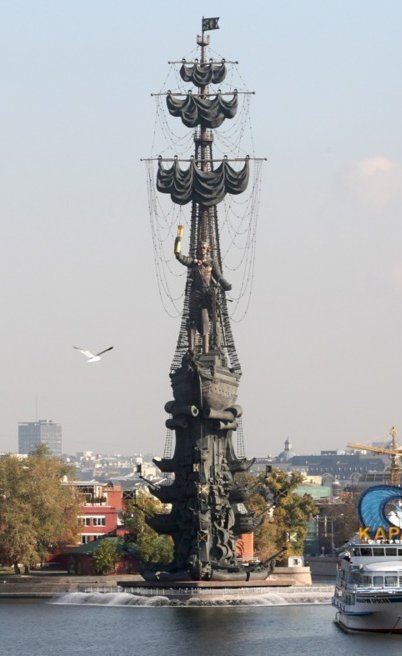
Moscow’s Monument to Peter the Great. Photo: EPA
Kapkov’s total overhaul of the park began in 2011, with new asphalt laid and fresh lawns and flowerbeds planted, while almost all the rusting Soviet-era fairground rides were removed and the run-down buildings and advertising hoardings renovated. The park’s dozens of monuments were all given urgently needed facelifts, the ponds were cleaned and soil and grass turf was planted. The result was nothing short of miraculous, and the innovative revamp proved that Russia was finally allowed to have nice things.
The successful transformation of the park led to Kapkov’s appointment as Moscow’s culture minister, and the Russian press was quick to dub him the “hipster minister”. He preferred to use the term “head of the atmosphere department” himself, stressing that he and his team had been forced to create the city’s news atmosphere almost from scratch.
The successful transformation of the park led to Kapkov’s appointment as Moscow’s culture minister, and the Russian press was quick to dub him the “hipster minister”.
While he held the role for under four years, Kapkov and his team nevertheless managed to comprehensively transform Moscow into a modern European-style city in that time: bike lanes were carved out alongside vast traffic-choked avenues, and several more of the city’s biggest parks, such as Fili and Sokolniki, were modernised and transformed from a sea of people flogging kebabs and passed out drunks to spotless urban gardens boasting chic cafes, ping-pong tables and free wifi.
A network of modern libraries also appeared in the city — convenient multimedia centres with co-working spaces and coffee shops, all of which were accessible with a single library card. New festivals, such as the Circle of Light, were inaugurated and a whole network of newly pedestrianised streets appeared in the city centre.
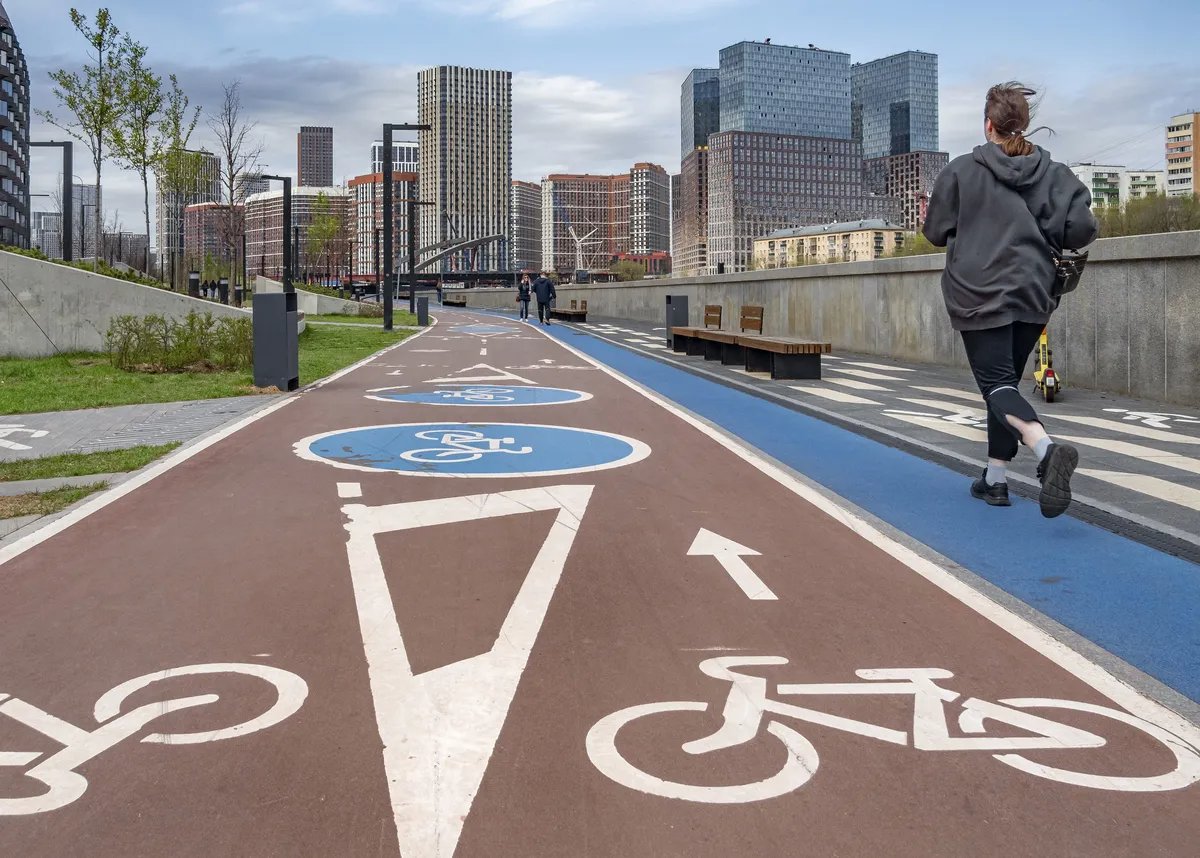
Bike lanes and jogging paths, Moscow, 21 April 2024. Photo: Konstantin Kokoshkin / Kommersant / Sipa USA / Vida Press
While Luzhkov’s ubiquitous shopping pavilions outside metro stations, the slightly more upmarket successor to the notorious kiosks of the 1990s, were only completely demolished after Kapkov’s departure, work on removing the similarly omnipresent tented kebab stands with more European-style fast food outlets began on his watch.
Kapkov’s team also radically reformed Moscow’s museums and theatres. While some of his decisions came in for criticism, it was Kapkov who appointed Kirill Serebrennikov to head the Gogol Moscow Drama Theatre, which was later renamed the Gogol Center. Under his stewardship, it became one of the most popular cultural venues in the capital and its groundbreaking productions helped it to seal its reputation as the “freest theatre of the 2010s”.
A future that never was
Kapkov’s team focused on the tastes and values of people who wanted to see Moscow as a European capital, which obviously contradicted the state’s ever more doggedly held “Russian world” position that it outlined in 2014 amid the annexation of Crimea and the start of the war in Donbas.
However, it wasn’t just pro-government types that criticised the policy. Some were suspicious of Kapkov the moderniser accepting a job offer from Sobyanin to transform the Russian capital into what satirist Viktor Shenderovich called a “concentration camp with bike lanes”, using European-style parks and museums to distract people from ever-rising levels of political oppression.
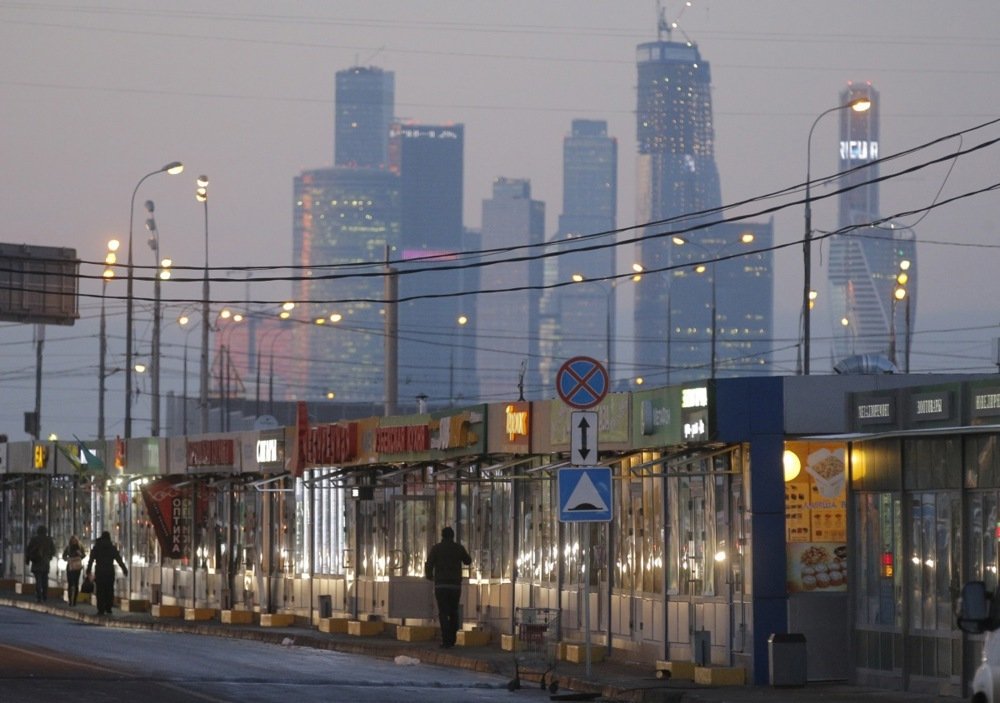
Temporary structures housing shops and cafes are dwarfed by the skyscrapers of Moskva City, 3 December 2014. Photo: EPA / MAXIM SHIPENKOV
Kommersant journalist Natalia Oss wrote in 2015 that “the main project Kapkov was associated with was the future, which could have come in 2011, the year of his appointment, but didn’t: Russia as the West, Moscow as an ideal European metropolis.”
However, it would be as incorrect to blame Kapkov for the protest movement failing or for Putin and Medvedev swapping jobs in 2012, as it would to suggest that he was excessively ideological and sympathetic to the political opposition.
Kapkov’s government career ended in March 2015, at which point it was abundantly clear that Russia was not moving towards a “Western” future. There are multiple versions of the circumstances surrounding his eventual resignation, which run from his attendance of murdered opposition leader Boris Nemtsov’s funeral to his frustration at being passed over for a promotion to deputy mayor. Whatever his reasons, Kapkov explained his decision by stressing that “there was now a different agenda”, adding that he was no longer sure that what he did “fit with that agenda”.
Forever, while it lasts
Alexander Kibovsky took over from Kapkov as Moscow’s culture minister in 2015 and spent eight years in the role, summing up his vision for the city on his first day in the job by saying that nobody was “planning a revolution.”
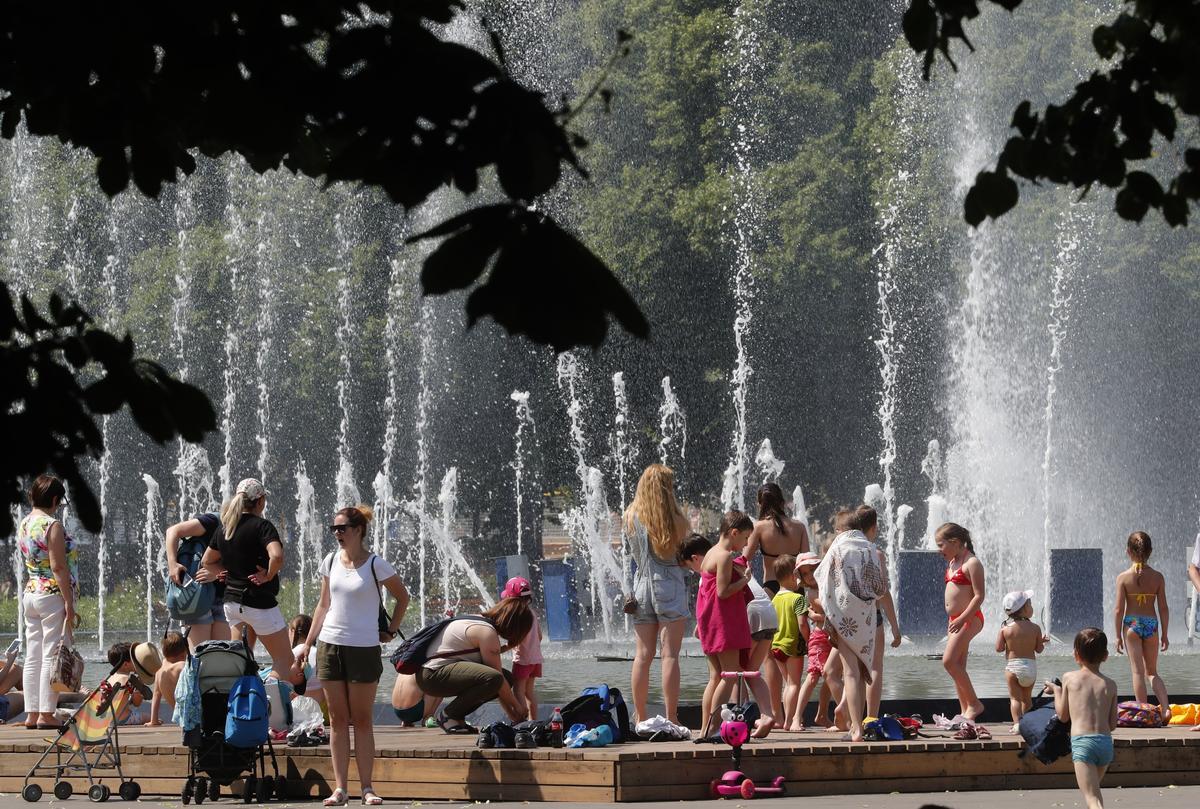
Locals enjoy the sunny weather at Moscow’s revamped Gorky Park, 7 June 2019. Photo: EPA-EFE / MAXIM SHIPENKOV
However, instead of steamrolling his predecessor’s legacy, Kibovsky actively promoted it, something the mayor’s PR people also successfully weaponised in the runup to the mayoral election of 2018 in which he won a landslide. Sobyanin’s “beautiful Moscow”, now flush with striking new parks and cultural festivals, became a key part of Sobyanin’s brand.
That Sobyanin had Kapkov’s team to thank for that, was something the mayor’s office was all too well aware of, and which meant there were only minor tweaks after Kapkov’s departure in 2015. No, there were no more Serebrennikov moments and there was far more patriotic propaganda, but the city-planning and architecture survived, with new footbridges, cycling routes and high-tech clusters.
“I think the Moscow government was somewhat relieved when Kibovsky joined the Culture Department, because culture ceased to be part of politics. It became an ordinary part of Moscow’s infrastructure,” theatre producer and playwright Yevgenia Shermeneva, who worked as Kapkov’s deputy from 2011 to 2013, told Novaya Europe.
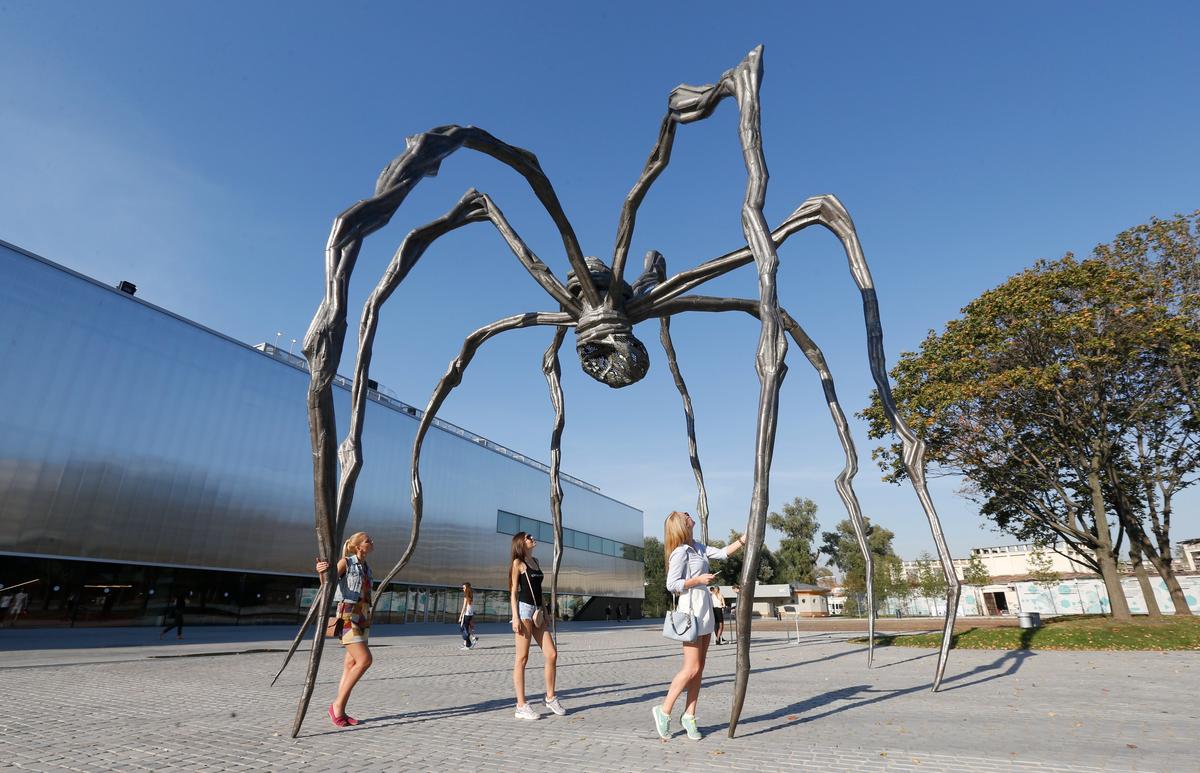
Maman by French-US artist Louise Bourgeois on display at the Garage Museum of Contemporary Art in Moscow’s Gorky Park, 25 September 2015. Photo: EPA / YURI KOCHETKOV
Kibovsky, who left the post last year, was arrested on suspicion of bribery and attempted fraud in July, with investigators contending he helped businesses secure state contracts and may have received bribes worth a total of 100 million roubles (€990,000).
Despite being 50, Kibovsky immediately wrote to the head of the Investigative Committee, Alexander Bastrykin, asking for permission to go and fight in Ukraine, arguing that his ancestors had “faithfully served Russia” and had taken part in every one of its “crucial wars” since 1658. He remains in detention.
Preserving tradition
Since 2023, Moscow’s culture has been in the hands of technocrat and career administrator Alexey Fursin, who describes his task as being “first and foremost about preserving tradition”. And rightly so, as under a dictatorship, “preserving tradition” is the only ideologically acceptable objective a person in his position can have. As a result, Moscow’s cultural life is now fully in line with that of the rest of the country, Shermeneva explains.
Cultural institutions associated with the Kapkov era are gradually being replaced or have been left to die off. Serebrennikov, Russia’s greatest contemporary director, left the country in March 2022, as soon as the five-year legal case against him was finally wrapped up. Three months after he did so, the Gogol Center, which he had done so much to build and shape, was renamed the Nikolay Gogol Drama Theatre.
The Strelka Institute, a cultural and educational centre in the heart of Moscow known as “Sergey Kapkov’s intellectual headquarters,” finally suspended its activities in February 2022 and has shown no sign of life since, simply as Moscow has had no need of intellectual headquarters since the full-scale invasion of Ukraine began in February 2022. All that’s now left in its place is a bar of the same name.
Join us in rebuilding Novaya Gazeta Europe
The Russian government has banned independent media. We were forced to leave our country in order to keep doing our job, telling our readers about what is going on Russia, Ukraine and Europe.
We will continue fighting against warfare and dictatorship. We believe that freedom of speech is the most efficient antidote against tyranny. Support us financially to help us fight for peace and freedom.
By clicking the Support button, you agree to the processing of your personal data.
To cancel a regular donation, please write to [email protected]
